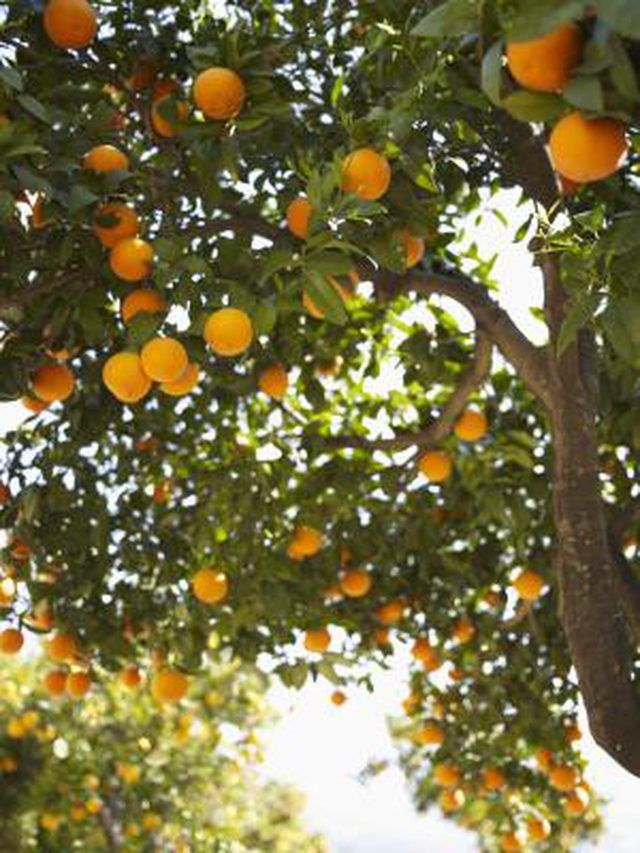Bulbs
Flower Basics
Flower Beds & Specialty Gardens
Flower Garden
Garden Furniture
Garden Gnomes
Garden Seeds
Garden Sheds
Garden Statues
Garden Tools & Supplies
Gardening Basics
Green & Organic
Groundcovers & Vines
Growing Annuals
Growing Basil
Growing Beans
Growing Berries
Growing Blueberries
Growing Cactus
Growing Corn
Growing Cotton
Growing Edibles
Growing Flowers
Growing Garlic
Growing Grapes
Growing Grass
Growing Herbs
Growing Jasmine
Growing Mint
Growing Mushrooms
Orchids
Growing Peanuts
Growing Perennials
Growing Plants
Growing Rosemary
Growing Roses
Growing Strawberries
Growing Sunflowers
Growing Thyme
Growing Tomatoes
Growing Tulips
Growing Vegetables
Herb Basics
Herb Garden
Indoor Growing
Landscaping Basics
Landscaping Patios
Landscaping Plants
Landscaping Shrubs
Landscaping Trees
Landscaping Walks & Pathways
Lawn Basics
Lawn Maintenance
Lawn Mowers
Lawn Ornaments
Lawn Planting
Lawn Tools
Outdoor Growing
Overall Landscape Planning
Pests, Weeds & Problems
Plant Basics
Rock Garden
Rose Garden
Shrubs
Soil
Specialty Gardens
Trees
Vegetable Garden
Yard Maintenance
How to Diagnose Citrus Bark Diseases With Cracking and Peeling
How to Diagnose Citrus Bark Diseases With Cracking and Peeling. Homegrown citrus trees perfume the yard and enhance the landscape with their colorful fruits. Citrus trees have very specialized site, cultural and environmental requirements. They are tropical to sub-tropical and variances in the temperatures can cause injury to the plant. Citrus...

Homegrown citrus trees perfume the yard and enhance the landscape with their colorful fruits. Citrus trees have very specialized site, cultural and environmental requirements. They are tropical to sub-tropical and variances in the temperatures can cause injury to the plant. Citrus trees that have all their requirements met are still susceptible to a high number of insect pests, viral and fungal diseases and nutrient deficiencies that can cause bark deformities, peeling and scaling. Identification of the cause of bark problems is the first step to curing the issue.
Things You'll Need
Sharp knife
Spray bottle
Bleach
Water
Magnifying glass
Glass jar
Flick off some of the bark where it is disfigured with a knife. If the wood is discolored in irregular dark patches under the bark, the plant has citrus ringspot virus. The absence of patchiness under the bark may indicate Psorosis, which comes from may viruses and causes scaly bark.
Disinfect a knife with a solution of 10-percent bleach and 90-percent water and make a slender slice into the bark. If the wood is soft and stained a dark brown the tree may have foot rot. This is a fungal disease that begins at the bud union and can girdle the tree.
Examine the under side of a piece of bark or the cracked margins with a magnifying glass. If you see small black, red, orange or yellow fruiting bodies the plant has any one of a number of fungal diseases. You can narrow it down by looking for the color of the fungus.
Check for gummy residue or open oozing areas in the bark or the wood under the bark. This would indicate gummosis or Armillaria root rot. Armillaria will have large white cottony masses of mycelium growing under the bark.
Take a piece of bark and shaving of wood in a glass jar to a laboratory or county extension center for identification. The shear number of fungal and viral diseases that could infect a citrus tree are vast. You can rule some diseases out if your tree has a resistant rootstock but you need to know what rootstock it was grafted onto.